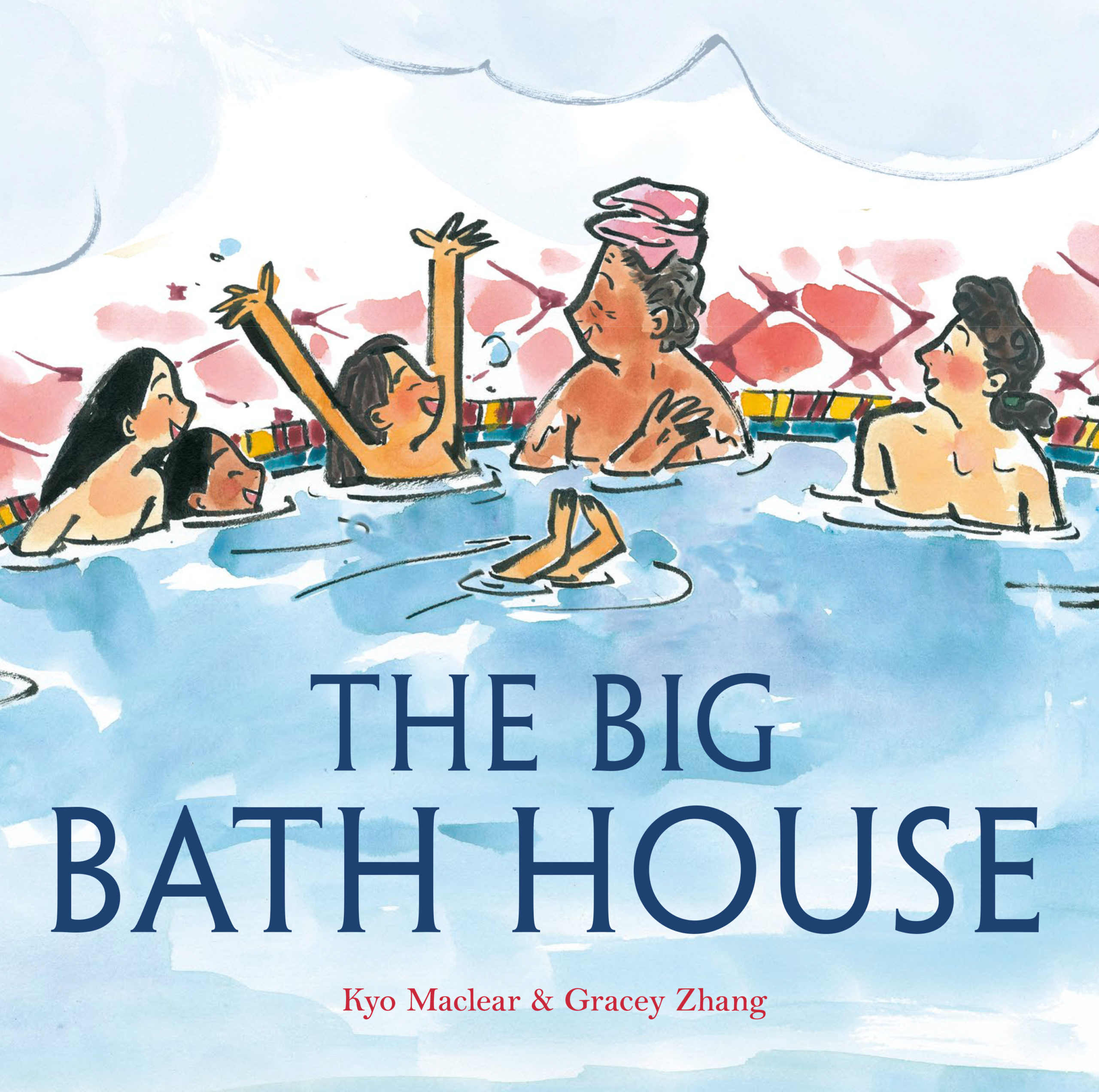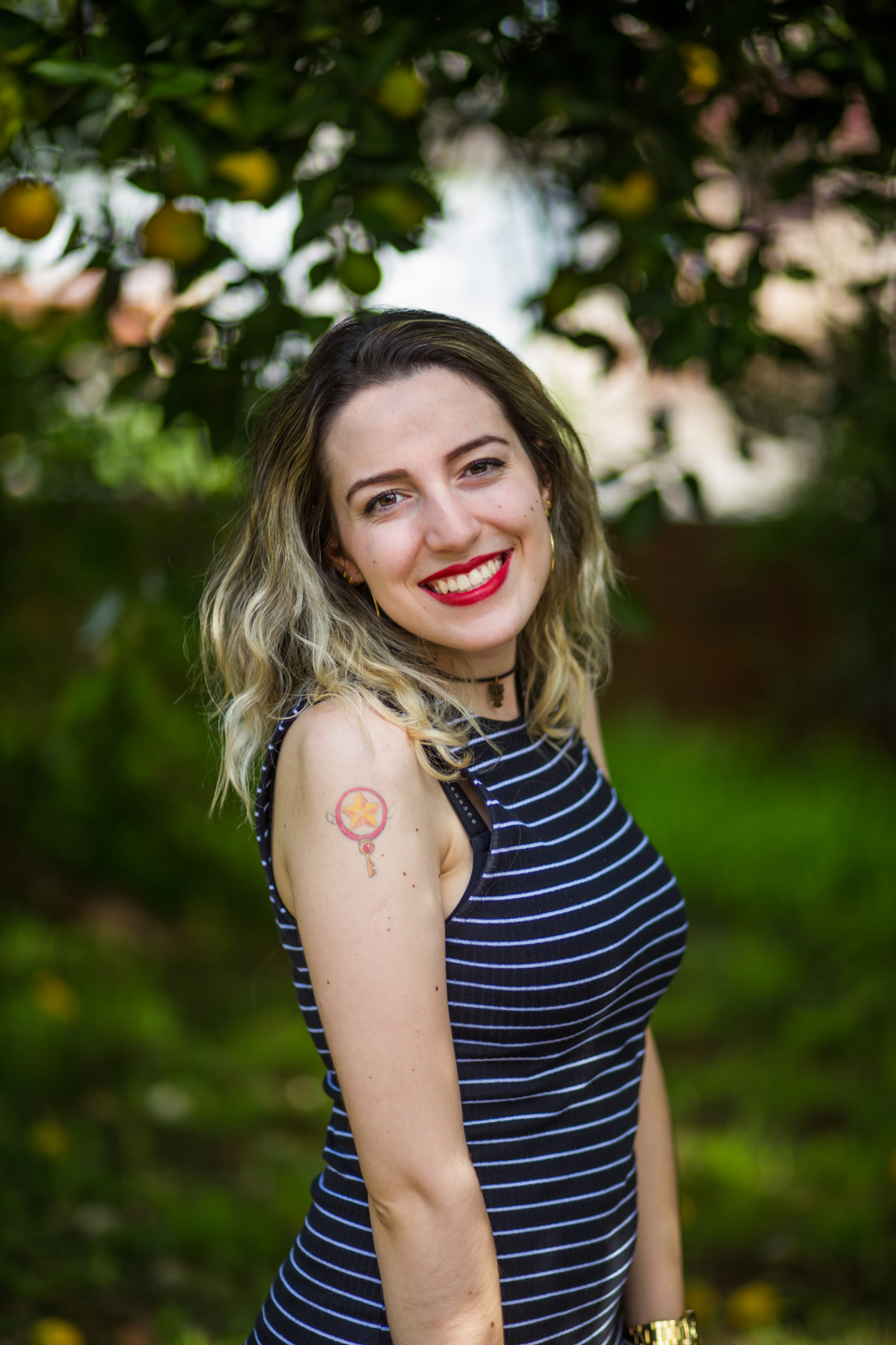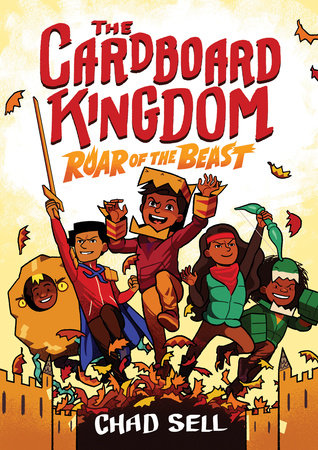
by Michele Kirichanskaya | Dec 23, 2021 | Blog
Kyo Maclear is a critically acclaimed author whose books have received starred reviews, appeared on numerous “Best of” lists, and been published in multiple languages around the world. One of her picture books, Virginia Wolf, has been adapted for the...

by Michele Kirichanskaya | Sep 10, 2021 | Blog
Gabriela Martins is a Brazilian kidlit author and linguist. Her stories feature Brazilian characters finding themselves and love. She was a high school teacher and has also worked as a TED Ed-Club facilitator, where she helped teens develop their own talks in TED...

by Michele Kirichanskaya | Jul 10, 2021 | Blog
Chad Sell’s first children’s graphic novel was The Cardboard Kingdom, which he illustrated and co-wrote with a team of ten collaborators. This same team came together again to create The Cardboard Kingdom #2: Roar of the Beast. Chad’s first...




